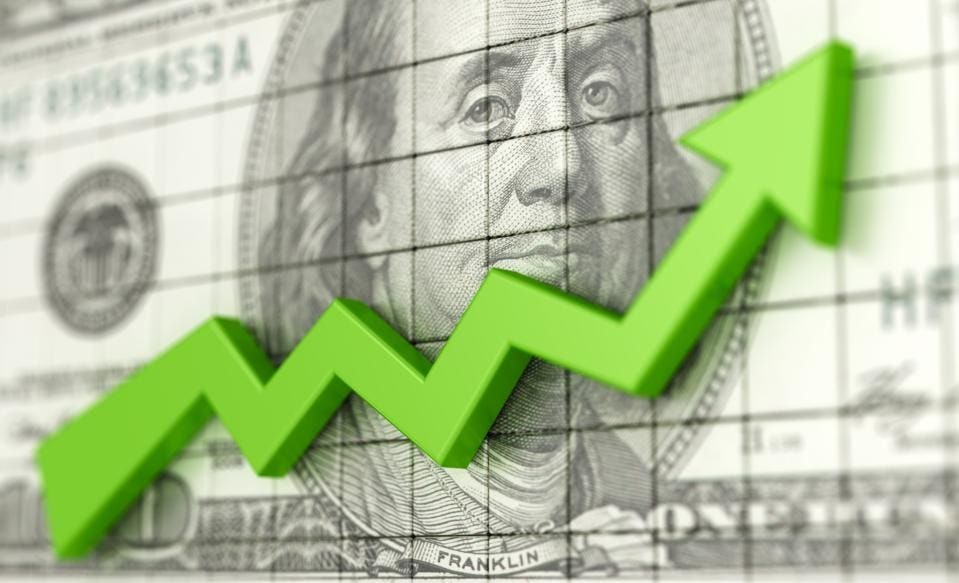Stemming from a notable economic shift, U.S. prices experienced a decline in November, marking the first occurrence in over 3-1/2 years. This downturn propelled the annual inflation rate further below 3%, fueling speculation in financial markets of a potential interest rate cut by the Federal Reserve in the upcoming March session.
Stemming from a notable economic shift, U.S. prices experienced a decline in November, marking the first occurrence in over 3-1/2 years. This downturn propelled the annual inflation rate further below 3%, fueling speculation in financial markets of a potential interest rate cut by the Federal Reserve in the upcoming March session. The Commerce Department's report on Friday also indicated a continued easing of underlying inflation pressures, presenting a positive scenario for consumer spending and the overall economy as the year concludes.
The durability of the economic expansion becomes evident in another dataset, showcasing resilience attributed to a robust labor market. Despite earlier predictions of a recession in late 2022, the economy has defied such forecasts, a sentiment echoed by economists and business executives. Analysts speculate that while the Fed won't hastily cut rates, a reduction may be inevitable in the near future.
November witnessed a 0.1% decline in the Personal Consumption Expenditures (PCE) price index, signaling the first monthly drop since April 2020. This downward trend extended to food prices, dipping by 0.1%, and energy prices, witnessing a more substantial 2.7% decrease. The 12-month PCE price index showed a 2.6% increase, a notable drop from October's 2.9%, marking the first time since March 2021 that the annual index fell below 3%.
Excluding volatile components like food and energy, the core PCE price index experienced a 0.1% increase in November, matching October's rise. The year-on-year core PCE index advanced at a rate of 3.2%, the smallest since April 2021. The Federal Reserve tracks PCE price measures to gauge progress toward its 2% inflation target.
With inflation subsiding, optimism emerges in the U.S., reflected in a University of Michigan report indicating soaring consumer sentiment in December, reversing previous declines. President Joe Biden welcomed the news, attributing it to collective efforts in addressing supply chain issues and boosting workforce participation.
The central bank's recent decision to hold rates steady suggests that the two-year monetary policy tightening may be reaching its conclusion, with lower borrowing costs anticipated in 2024. Despite a tight labor market, wages saw a 0.6% increase in November, contributing to a rise in personal income by 0.4%. With the saving rate edging up to 4.1%, consumer spending, vital for economic activity, increased by 0.2%.
As households experienced a 0.4% rise in disposable income, consumers opened their wallets for the holiday shopping season. Adjusted for inflation, overall consumer spending increased by 0.3%, indicating an uptick in real consumer spending. Additional reports on single-family housing starts, building permits, and durable goods orders suggest a renewed economic momentum as the fourth quarter progresses.
While new home sales temporarily plummeted to a one-year low in November, analysts view this as a likely transient dip amid a limited supply of existing houses. Declining mortgage rates are anticipated to support new home sales. GDP growth estimates for the fourth quarter range from 1.1% to 2.8%, reinforcing a positive outlook for the U.S. economy entering 2024.

